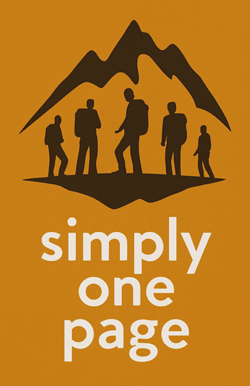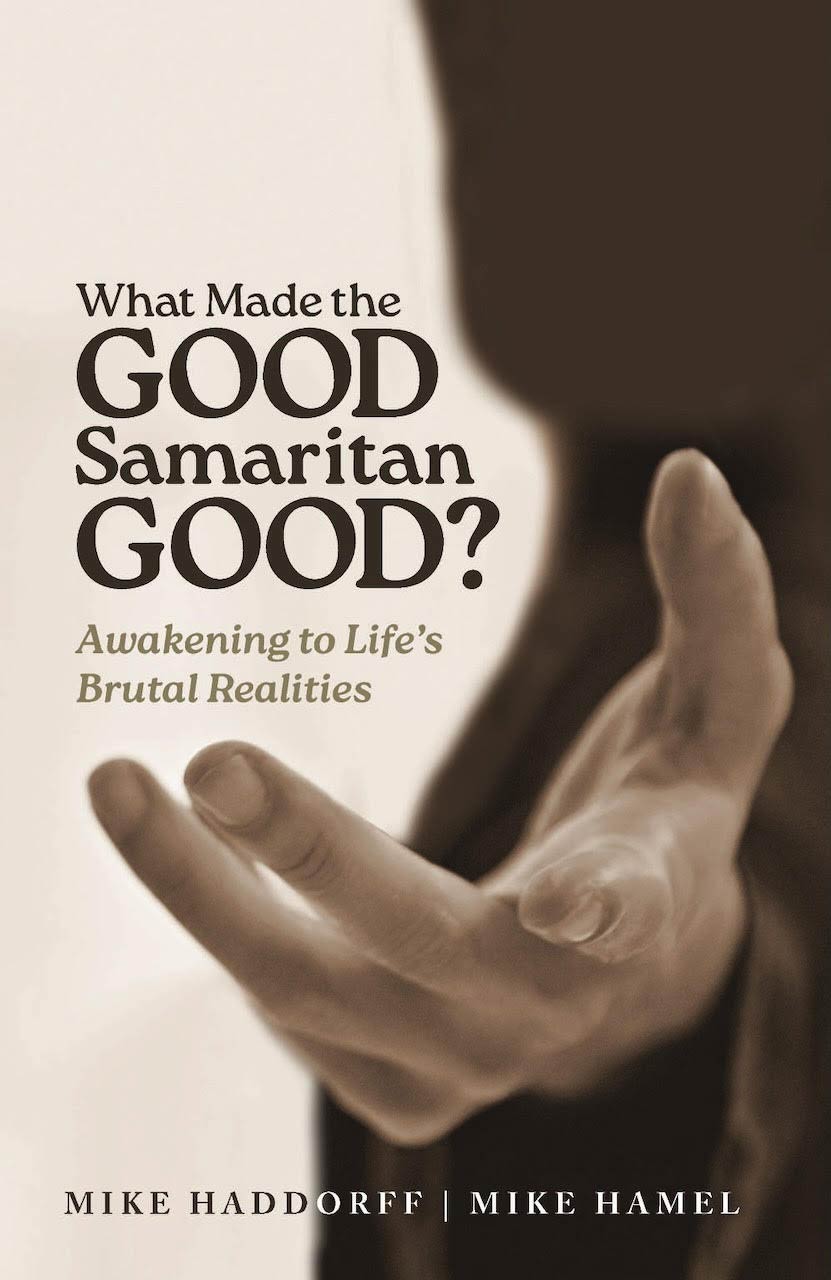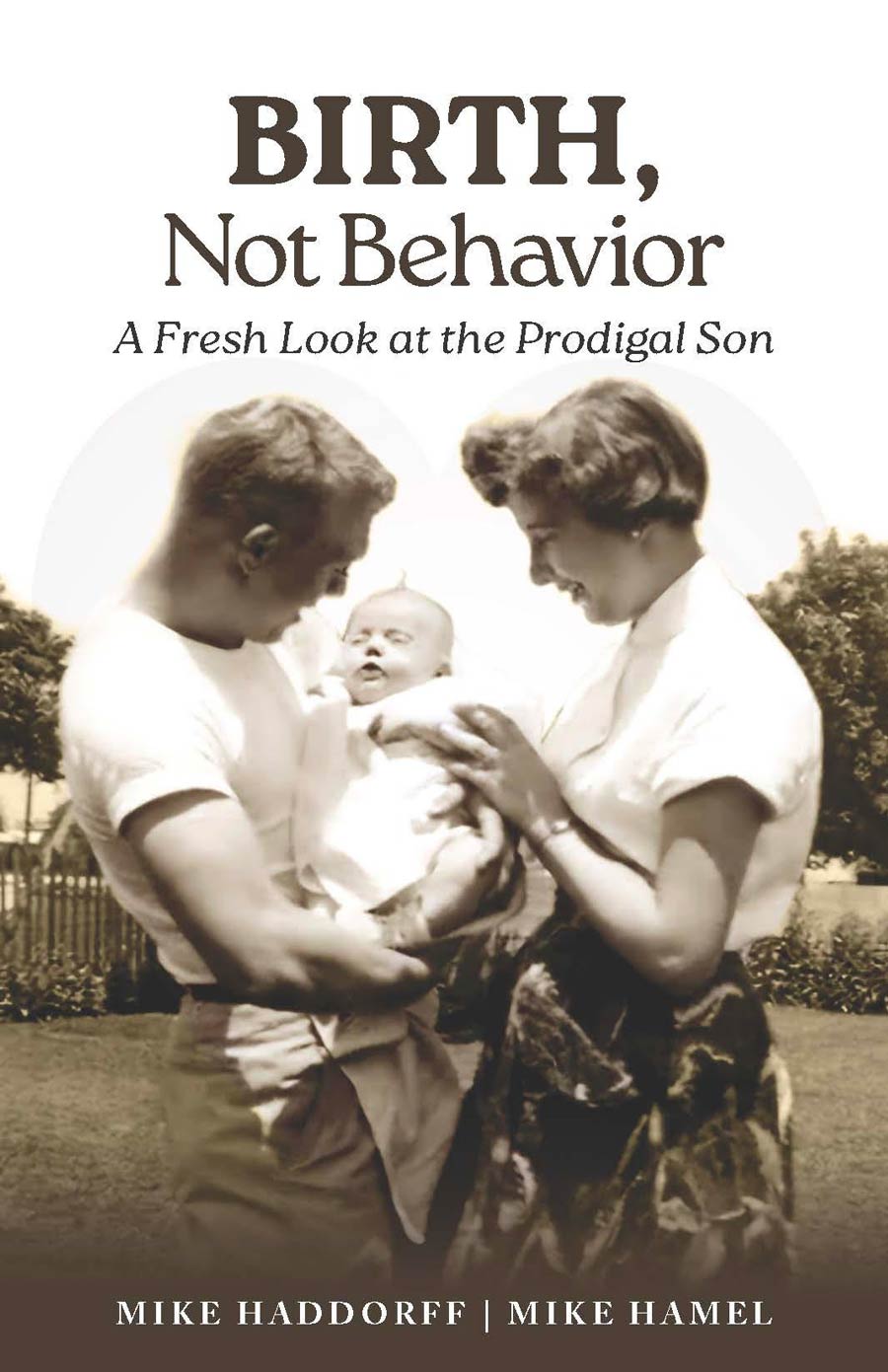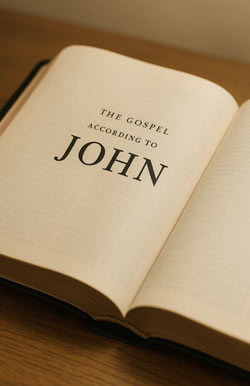In Luke’s Gospel, when Peter denies Jesus, the text simply says: “The Lord turned and looked straight at Peter” (Luke 22:61). Nothing more. No description of Jesus’ face, no account of his tone. Only this: Jesus looked at Peter.
That leaves me wondering. What was his expression?
In 1921, Hermann Rorschach introduced his inkblot test. The idea wasn’t to find the “right” answer but to reveal something about the one who sees. The way you interpret the inkblot says more about you than about the blot itself.
Maybe that’s what is happening here. As I imagine Jesus’ look, what I see reveals what I think God is like.
Some possibilities come to mind:
• A look of disappointment, as if to say, “I expected more from you.”
• A look of anger, burning with judgment.
• A look of sadness, acknowledging the sting of betrayal.
• A look of compassion, filled with understanding of Peter’s fear.
• A look of forgiveness, already holding Peter in grace.
• A look of strength, steadying Peter for what’s ahead.
• A look of love, deeper than failure.
As I ponder, I have to ask myself: what do I see? And in seeing, what does it reveal about my own assumptions of God?
Because in the end, maybe the question isn’t only about Jesus’ expression. Maybe the deeper question is about mine, that is how I picture God when I fail, stumble, or fall short.
Reflection Question:
When Jesus looks at you, what do you see in his eyes?





